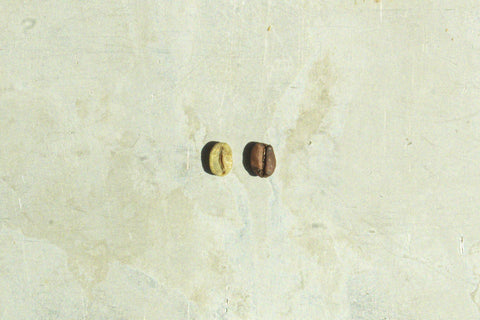This section is dedicated to the in-depth study of the scientific aspects of coffee, highlighting the complex processes that transform each bean into a unique sensory experience. From soil and terroir analysis to innovation in fermentation and mastery of roasting techniques, we explore the impact of each step on the quality and aromatic profile of coffee.
By combining scientific rigor and expertise, we aim to enrich the understanding of this universe, celebrating the alliance of know-how and innovation that defines exceptional coffees.
botanical varieties

Coffea arabica , native to Ethiopia, is the most widely cultivated coffee species for its aromatic qualities. Fragile yet rich in flavor, it grows at high altitudes and requires precise conditions. Its varieties and processing methods influence its taste. It faces significant climatic challenges today.

Typica, an ancient variety of Coffea arabica native to Ethiopia, spread to Yemen in the 17th century, then to Latin America. Valued for its floral aromas, sensory complexity, and specialty coffee qualities, it remains vulnerable to disease and depends on optimal climatic conditions.
let's have coffee!
lattitude : 48.104
longitude : - 66.129
200 route du quai,
carleton-sur-mer, qc, canada
G0C 1J0

